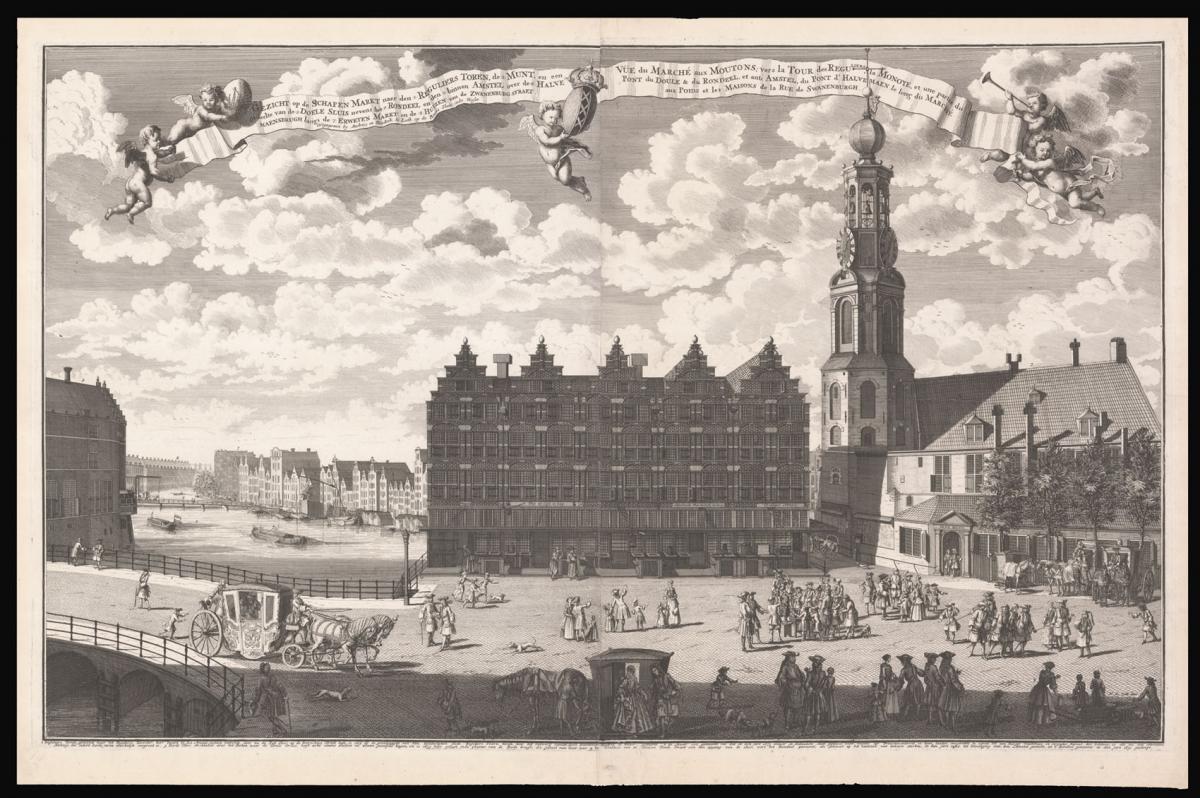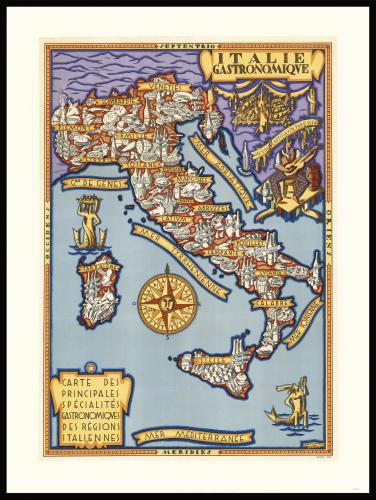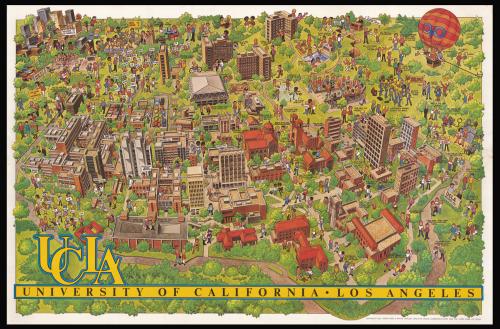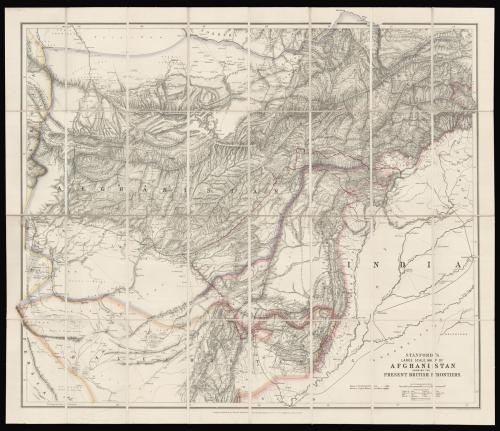

Price
£3800.00This object is eligible for a Certificate of BADA Provenance
The BADA Standard
- Since 1918, BADA has been the leading association for the antiques and fine art trade
- Members are elected for their knowledge, integrity and quality of stock
- Our clients are protected by BADA’s code of conduct
- Our dealers’ membership is reviewed and renewed annually
- Bada.org is a non-profit site: clients deal directly with members and they pay no hidden fees
Gezicht op de Schapen Markt naer den Reguliers Toren, de Munt, en een ge deelte van de Doele Sluis nevens het Rondeel en den binnen Amstel over de Halve Maensbrugh langs de Erweten Markt en de Huizen van de Zwanenburg Straet.
Author: DE LETH, Andries; DE LETH, Hendrik
Publication place: Amsterdam
Publisher: Andries De Leth, Hendrik De Leth
Publication date: c1720
Physical description: Etching with engraving, on two sheets joined.
Notes
A view of the Schapenplien (Muntplien) with the Munttoren (The Mint Tower), the Englese Huizen (English Houses), and the Doelensluis.
The Muntplein is named after the Munttoren (or simply Munt) tower which stands on this square. This tower was once part of the three main medieval city gates. In the seventeenth century, it temporarily served as a mint, hence the name. The square was originally named Schapenplein and in the seventeenth century was enclosed by the Englese Huizen, shown in the centre.
The buildings were constructed in 1624, and would be demolished in the late nineteenth century for the widening of the bridge over the Singel, as a result of which the enclosed Schapenplein disappeared. The new square was given the name Sophiaplein, after the deceased first wife of King William III, but was soon called the Muntplein or in short, the Munt.
Andries de Leth (1662–1731) and Hendrik de Leth (1692–1759) were engravers, publishers, and mapmakers working in Amsterdam during the first half of the eighteenth century.
Dimensions
570 by 910mm. (22.5 by 35.75 inches)Stock number
14399The BADA Standard
- Since 1918, BADA has been the leading association for the antiques and fine art trade
- Members are elected for their knowledge, integrity and quality of stock
- Our clients are protected by BADA’s code of conduct
- Our dealers’ membership is reviewed and renewed annually
- Bada.org is a non-profit site: clients deal directly with members and they pay no hidden fees




